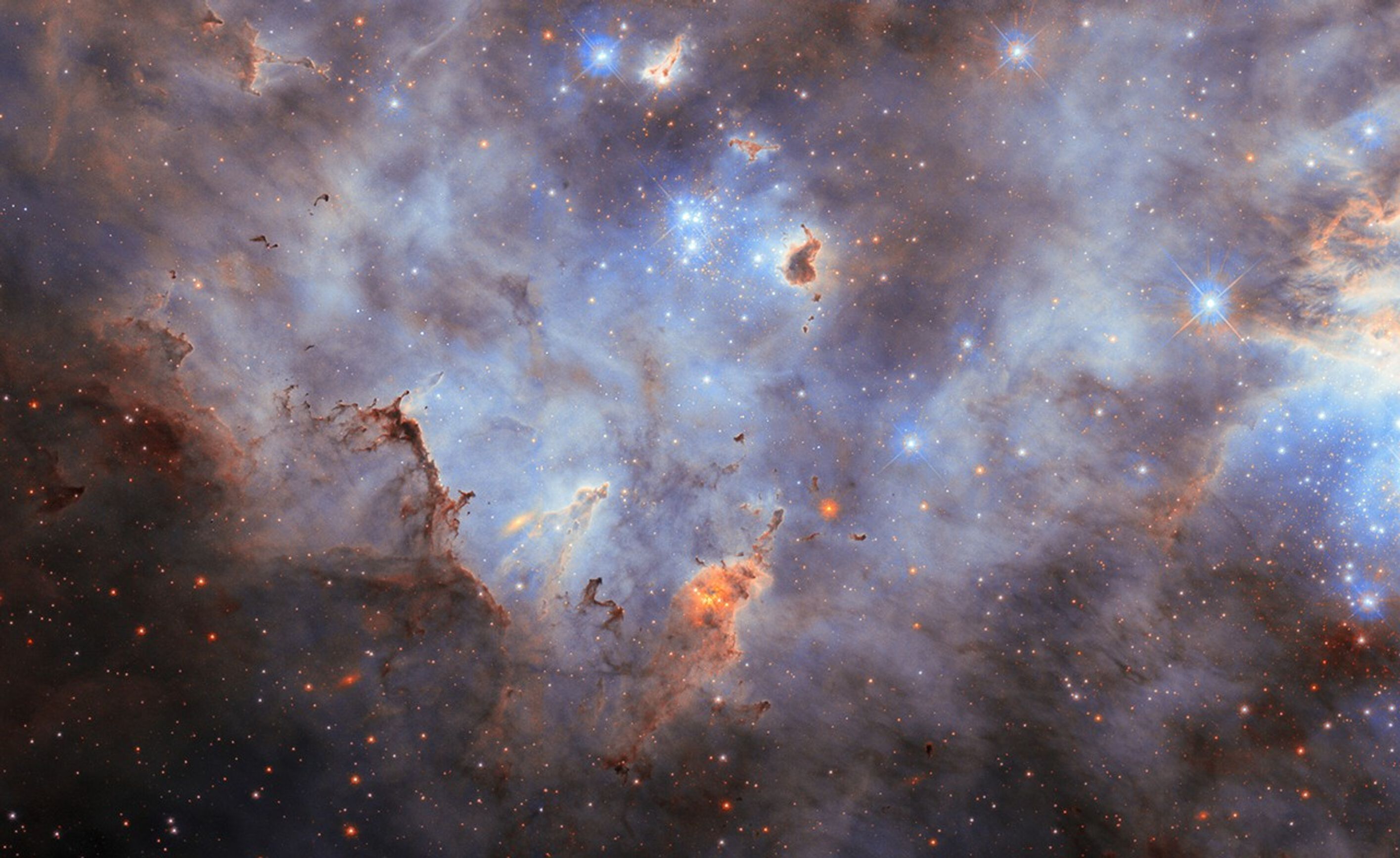PROTECT YOUR DNA WITH QUANTUM TECHNOLOGY
Orgo-Life the new way to the future Advertising by AdpathwayThe Antarctic Slope Current (ASC) is the westward-flowing coastal current system around Antarctica, largely driven by easterly winds. It serves as a barrier to heat and salt exchanges between the cold, fresh Antarctic ice shelf region and the warm, salty Circumpolar Deep Water (CDW) in the Southern Ocean. A weakening of the ASC allows more CDW to penetrate into the ice shelf region, enhancing basal melting of Antarctic ice shelves (floating extensions of the Antarctic ice sheet that extend over the ocean). Conversely, a strengthening of the ASC is associated with reduced basal melting. Therefore, the strength of the ASC is one of the important factors for global sea level rise.
According to a new modeling study (Ong et al., 2025) published in the Geophysical Research Letters, the ASC may increase by ~50% from 2025 to 2050 under a high-emission scenario (Shared Socioeconomic Pathway 5–8.5) of CMIP6 (Coupled Model Intercomparison Project Phase 6). This is largely due to an enhanced meridional gradient of salinity associated with: (1) an accumulation of melting (thus fresh) water in the shelf region due to suppressed formation and sinking of the Antarctic Bottom Water (AABW), and (2) an enhanced presence of salty CDW in the outer slope and open ocean due to increasing and poleward-shifting westerlies in the Southern Ocean. Note that the enhanced meridional gradient of salinity steepens the density gradient across the ASC, directly increasing the ASC via the haline-wind relationship, which works similarly to the thermal-wind relationship.
The rapidly strengthening ASC has important implications for future changes around the Antarctic margin. In particular, the strengthened ASC can act as a barrier to keep warm, salty CDW off the ice shelf region, which may in turn slow the basal melting of Antarctic ice shelves—an important driver of global sea level rise.
Figure 4 from Ong et al. (2025): Schematic showing key processes before and after the addition of transient meltwater in the 1990s and 2050 respectively. Upon the transient addition of meltwater, the surface waters around Antarctica freshen, steepening isopycnals and driving the speeding up of the Antarctic Coastal Current. As the surface freshening on the continental shelf inhibits the formation and export of dense shelf water, warm Circumpolar Deep Water sinks and shifts poleward. This warm and salty water strengthens the salinity gradient over the continental slope and causes the non-linear acceleration of the Antarctic Slope Current.
Ong, E. Q. Y., England, M. H., Doddridge, E., & Constantinou, N. C. (2025). Transient Antarctic Slope Current response to climate change including meltwater. Geophysical Research Letters, 52, e2024GL113983. https://doi.org/10.1029/2024GL113983























 English (US) ·
English (US) ·  French (CA) ·
French (CA) ·